There was a time when I thought highways were universally good. When Penchala Link was built in 2004, there was a catchy jingle that went “Penchala Link will set you free, to be where you want to be!”
Indeed, when it first opened, it fulfilled its promise for a short time as a less-jammed alternative way to the city. But, as with so many other highways, it is now as congested as any other route.
Similarly, when the MEX Highway was completed in 2007, it looked like a racetrack as there were so few cars on it. But today, it sees standstill traffic during peak hours, especially at the exits into the city, where there are significant bottlenecks.
Where do we go from here – literally and figuratively? In an increasingly congested Klang Valley, are we doomed to spend mind-numbing hours of our lives stuck in traffic on the loops of a highway spaghetti?
Will building more highways and paying more tolls solve our woes?
Walkable neighbourhoods
I thought highways were generally good when I, and Malaysia, were much younger, and took many things for granted including how walkable, accessible and connected our neighbourhoods were.
Take the neighbourhood I grew up in - Damansara Utama, Petaling Jaya.
I went to school in Damansara Jaya and about half my schoolmates, bussed, cycled, or walked to school from SS2, Taman Megah, Damansara Utama and Kampung Kayu Ara – neighbourhoods within a 5km radius of the school.
There were hardly any school pick-up jams as a majority of students did not come to school in private vehicles.
Today, most of them wouldn’t be able to walk or cycle to school safely as the LDP has cut off SS2 from Damansara Jaya and the Sprint Highway has cut off Damansara Utama from Damansara Jaya. And what has happened to public bus routes is a whole other article in itself.
I used to take a public bus home to Taman Tun Dr Ismail and walk five minutes across to Damansara Utama. That’s not possible anymore because the bus route no longer exists and there’s now a six-lane highway where I used to cross.
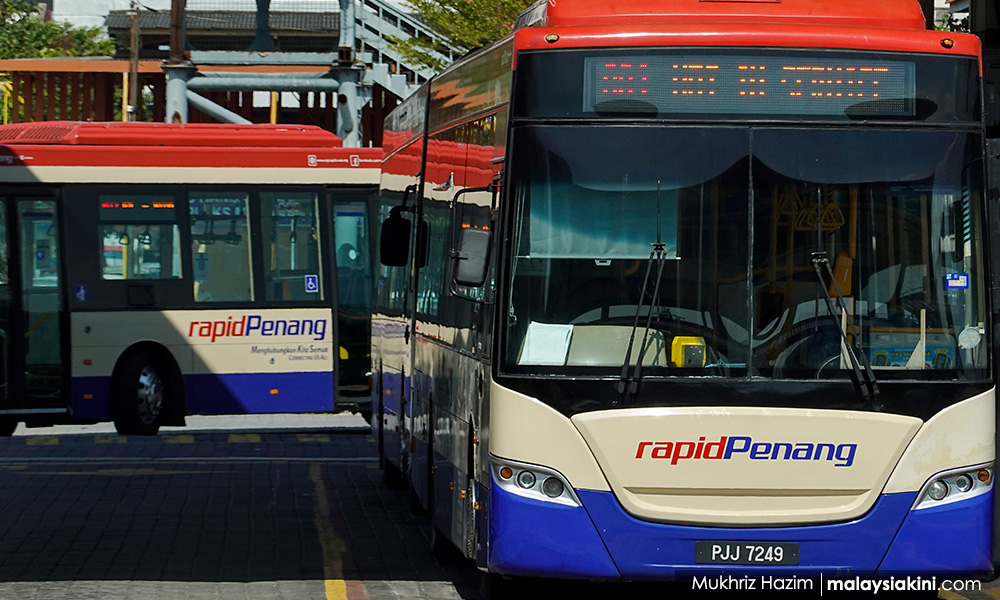
The LDP also isolated Damansara Kim from Damansara Utama. Students on the Damansara Kim side were tragically killed when they crossed the LDP when it first opened. Students were so used to crossing the road to the shops just 500m away across the highway.
I remember being excited when the LDP was first built in 1998. My friends and I drove through the tunnel at Damansara Uptown for the first time with the radio on, waiting to see whether the radio signal would be distorted.
Little did we know, that with the advent of the LDP, our days, and future generation’s days, of crisscrossing our neighbourhoods on foot and by bicycle, were over.
During the pandemic lockdowns, when traffic was much lighter, I explored again the old neighbourhoods on a bicycle. It was freeing to just get on my bicycle and not have to find parking just to go 2km for a bite or to run an errand.
I have tried to continue cycling as a mode of transport post-lockdown. But our many highways, and the lack of connections for pedestrians and cyclists to safely navigate them, pose a challenge.
Yes, public transport infrastructure has improved – I’m now in the enviable position of living within 5km of no less than four train stations. But we have so prioritised cars that to get to any of them safely and promptly, I am often forced to take a private car.
Move people, not cars
This isn’t just me waxing lyrical about the “old days”, but drawing attention to what we have destroyed with our car-centric development.
We have prioritised moving cars instead of people and built highways that crisscross our neighbourhoods without caring how that would force more people to drive and put more cars on the road.
It is now a fundamental rule of traffic that building more roads, or adding more lanes to highways just incentivises driving and adds more cars.
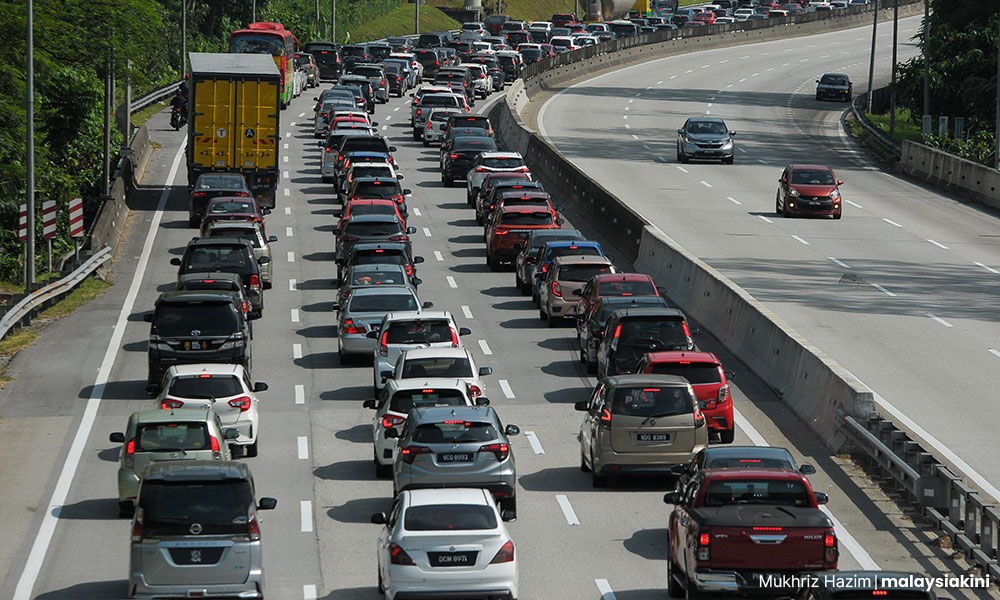
That should be evident from the record-breaking almost 800,000 cars that were added to Malaysian roads in 2023.
When will we stop our highway-building ways? When we add one million cars each year until there are more cars than people?
It's a scam
Over two decades ago, residents made this social contract with our government. We allowed our neighbourhoods to be cut up and isolated, we even agreed to pay tolls to leave our residential area, we gave up our communities because we were promised that the highways “would set us free”.
It’s been 25 years of highway after highway, with them coming closer and closer to our homes, schools and places of worship.
Have these highways set us free? Or are they, in fact, a scam – where you pay a toll every day only to be stuck in standstill traffic immediately after the toll booth?
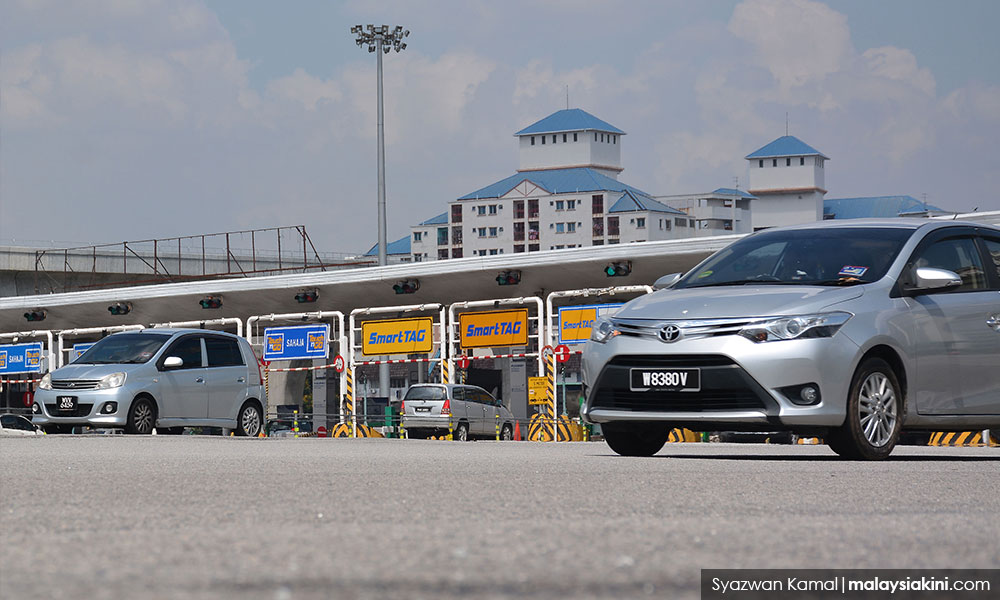
The remedy has become the problem and yet, this same remedy is still being shoved at us as an answer to our traffic woes, when we can clearly see this is untrue.
Perhaps 25 years ago, we and the government didn’t know better. But surely, we would all know better by now?
Why have successive governments still agreed for developers to build highways through urban neighbourhoods? If it doesn’t ease traffic congestion then why are we still giving up our neighbourhoods for these highways? For whose benefit?
Ways forward
It’s not too late for us. It’s time to take back our cities and neighbourhoods and make them walkable again, which will help ease traffic congestion.
But we have to act now and stop building urban highways through our neighbourhoods lest these concrete behemoths that don’t solve traffic woes become permanent fixtures.

There are many groups trying hard to show us and the government viable ways forward to make our cities liveable.
There are volunteers who spend time riding our buses so that they can help to plot locations of bus stops and routes on travel apps such as moovit to help people with public transport connectivity.
There’s Transit Malaysia, whose members I’ve met, who appear to have our transport routes seared onto the back of their brains. They advocate for better public transport and offer suggestions and solutions to the government.
There’s Bike Commute Malaysia, which has worked with the Petaling Jaya City Council and the Petaling Jaya MP to improve pedestrian access to the Phileo MRT station.
It has also drawn a plan to allow pedestrians to navigate a particularly difficult junction where the Sprint meets the LDP – right above the tunnel where my friends and I once drove down so gleefully.
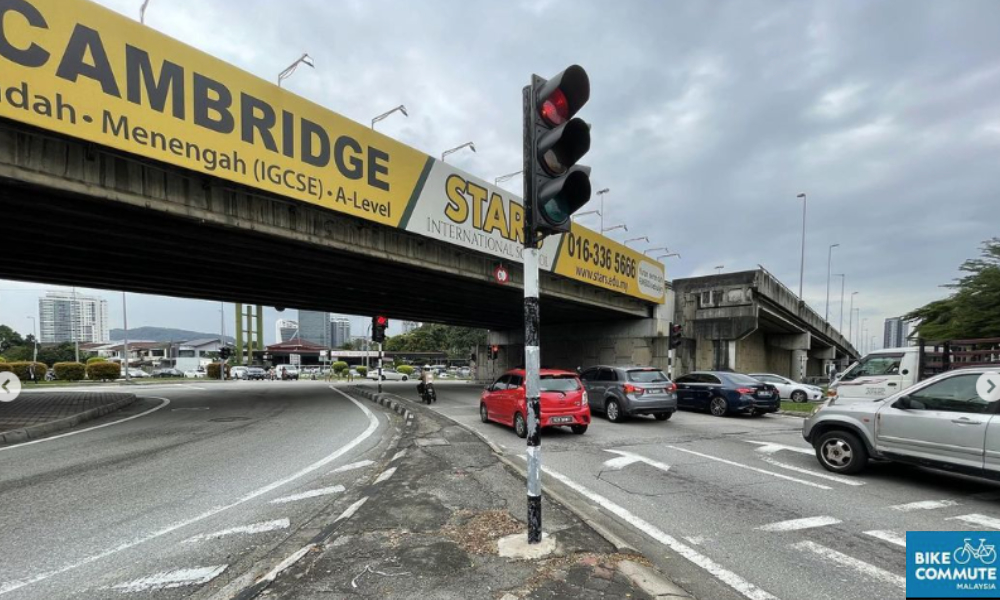
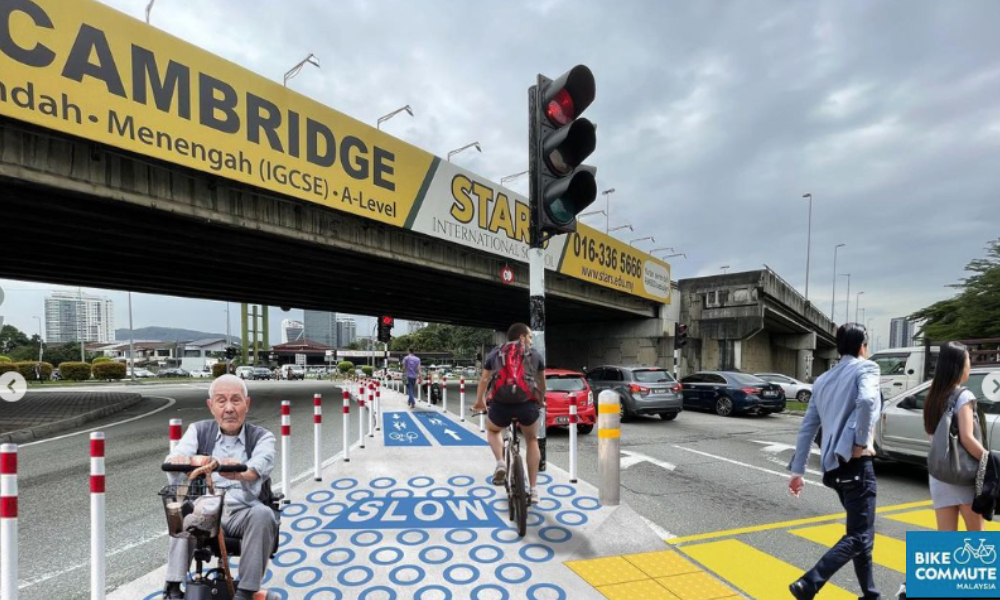
It is only by paying attention to and supporting these efforts that we will find our way out of this highway spiral that we have built for ourselves.
We believed the highways would set us free. Now that we know better, it’s time to take our cities back. - Mkini
DING JO-ANN is part of the residents’ groups campaigning against the PJD Link, a now cancelled 3-storey elevated highway that would further divide our already divided neighbourhoods.
The views expressed here are those of the author/contributor and do not necessarily represent the views of MMKtT.



No comments:
Post a Comment
Note: Only a member of this blog may post a comment.